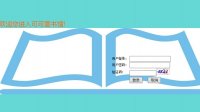小型图书馆管理系统的设计(ASP.NET,SQL)(任务书,开题报告,论文说明书12000字,程序代码,SQLserver数据库)
摘 要
随着社会的不断发展与进步,人们越来越依赖手机,ipad等通讯工具,其中,电子书很受欢迎,很多年轻人越来越喜爱电子书,它比起书籍来说易携带,随时随地可以阅读,但这并不能取代书籍在我们日常学习中的地位。它具有电子书无法比拟与超越的优点,比如,在它上面做笔记,在标记很容易,而且长时间看电子书容易受辐射,对视力以及身体都不好,并且自古以来,人们都喜欢翻开书籍时散发的浓浓的书香味,因此,为了给喜爱书籍、喜爱文字的人们提供一个优雅舒适的阅读环境,我有一个开设一个小型私人图书馆的想法。然而,目前很多私人图书馆都是传统的人工管理,比如,读者想查找一本书,需要在书架上一本一本的找,虽然管理员已经对图书进行了整理分类,大大提高了找书效率,但毕竟是人工操作,难免出现差池,费时又费人力,因此开发一个小型的图书馆管理系统很有实际意义。本文先对此小型图书馆管理系统开发的背景、意义、开发价值等做了详细的阐述,然后分析此系统的可行性,收集用户的需求分析,画出具体的系统流程图和功能结构图,进而进行数据库的设计,包括E-R图和数据库表,最后完成系统实现。此小型图书馆管理系统包括前端和后台两部分,前端负责界面设计,人机交互,要求简单易操作,后台主要是数据库的建立与维护,要求保证数据的一致性与完整性[1]。
图书馆管理系统是采用VS2010做前台,后台数据库则采用SQL Server 2008,本系统提供6个功能模块,分别是系统设置模块、读者管理模块、图书管理模块、图书借还模块、系统查询模块以及排行榜模块[2]。
关键词:图书馆管理系统;SQL Server 2008;VS2010;
Abstract
With the continuous development of society and progress, people more and more dependent on mobile phone, the communication tools, such as the ebook is popular, a lot of young people more and more like e-books, it compared to books is easy to carry, anytime, anywhere can read, but it doesn't replace the status of books in our daily study. It possesses the advantages of e-books can't compare with beyond, for example, take notes on it, the tag is very easy, but long time watching ebook vulnerable to radiation, and the body is bad for your eyesight, and since ancient times, people like reading books when sending out the thick book aroma, therefore, in order to give people like books, like writing an elegant and comfortable reading environment, I have an idea of opening a small private library. However, many current private library is one of the traditional manual administration, for example, readers want to find a book, needs to be on the bookshelf to find one by one, while the administrator already has carried on the classification of books, greatly improving the efficiency of a book, but after all is a manual operation, hard to avoid mistakes, time-consuming and fee manpower, so developing a small library management system is of great practical significance. This paper first to this small library management system development background, significance, development value, such as expounded in detail, and then analysis the feasibility of this system, collecting user requirement analysis, draw the system flow chart and function of the specific structure, then the database design, including the e-r diagram and the database table, finally complete the system implementation. This small library management system including the front and back two parts, the front-end responsible for interface design, human-computer interaction, simple easy to operate, the background is mainly database establishment and maintenance, for guarantee the data consistency and integrity.
Library management system is to use VS2010 do the front desk, backstage supporter's database using SQL Server 2008, this system provides six function modules, system Settings module, reader management module, books management module, circulation also query module, system module and module charts.
Key Words:Library management system;SQL Server 2008;VS2010;
图书管理系统主要有如下的业务:
(1) 管理员对读者信息进行管理
以管理员身份登录进入系统,即具有对读者信息的增删查改的权限。当新增一个读者时,系统管理员应根据要求填写读者信息,录入读者信息表中;当读者不再有效时,管理员可以对相应的过时用户进行删除处理。读者登录进入图书管理系统之后可自行退出系统而不需要管理员权限限制。
(2) 管理员对图书信息进行管理
以管理员身份登录进入系统,即具有对图书信息的增删查改的权限。当新购进图书时,系统管理员应对图书进行分类编号,录入图书信息表中;当有些旧书下架时,管理员可以对其进行删除处理。图书更换位置或库存发生变化时,管理员也应及时对信息进行更新。
(3) 读者对图书进行查询
读者可以根据书名、作者等信息查询自己所需图书的各种信息,包括库存量、所在馆位置、出版社等。
(4) 读者还书续借
读者所借的图书 如果到期后读者还没有看完或者看完了还想继续再看,那么就应在系统上申请续借。读者登录进入系统后,根据自己的读者编号查询自己所借书籍信息,在查询结果界面读者可以按照自己的需求进行续借操作。
开发环境:Microsoft visual studio
数据库工具:SQL Server
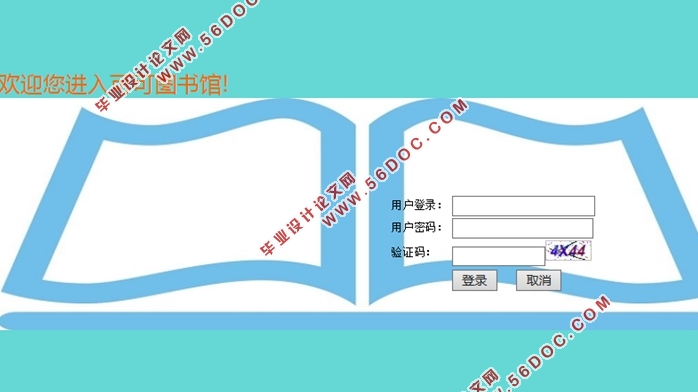
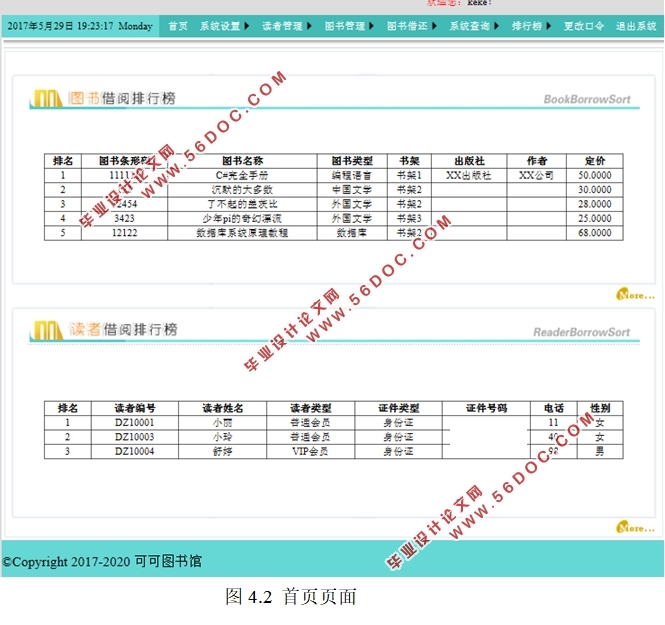
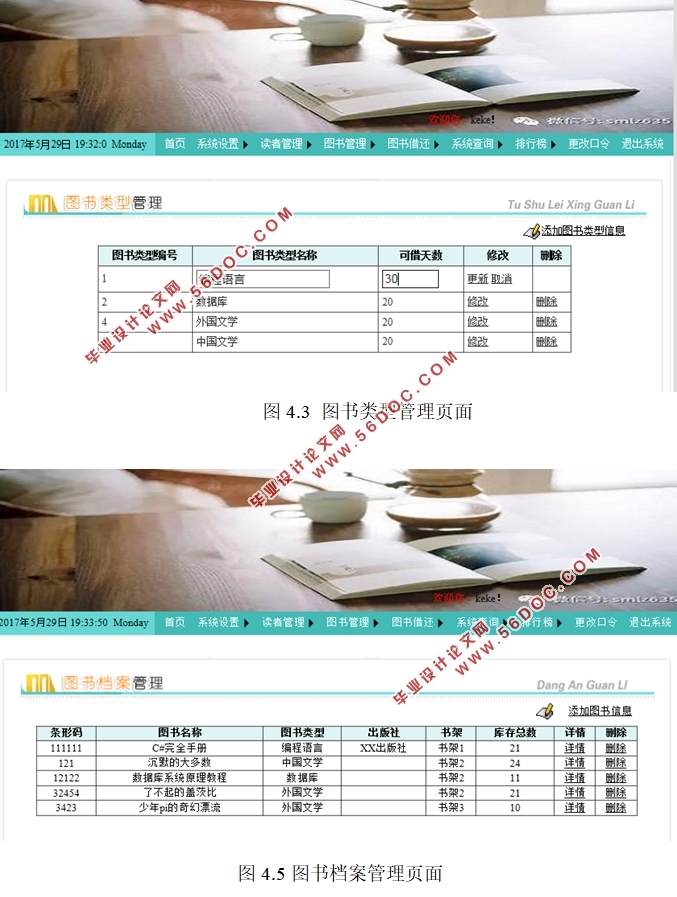
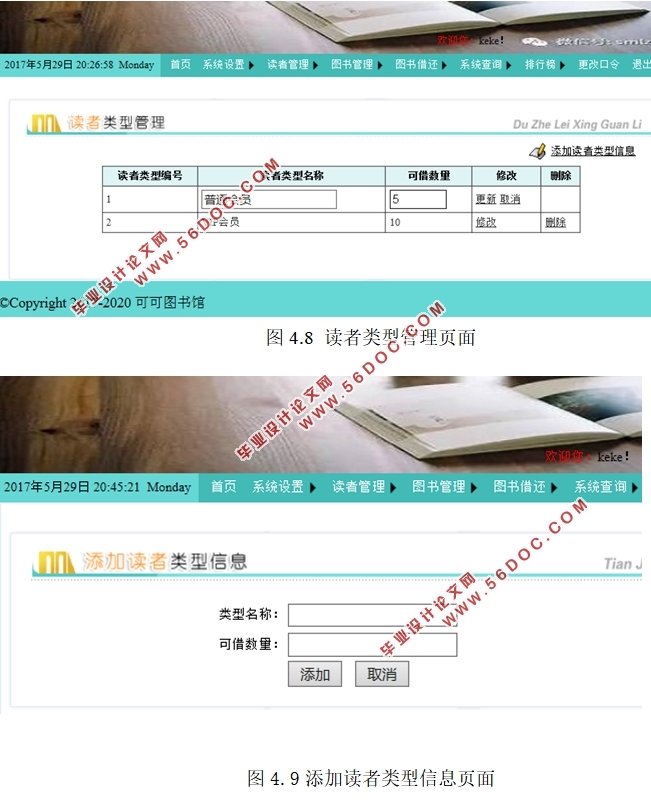
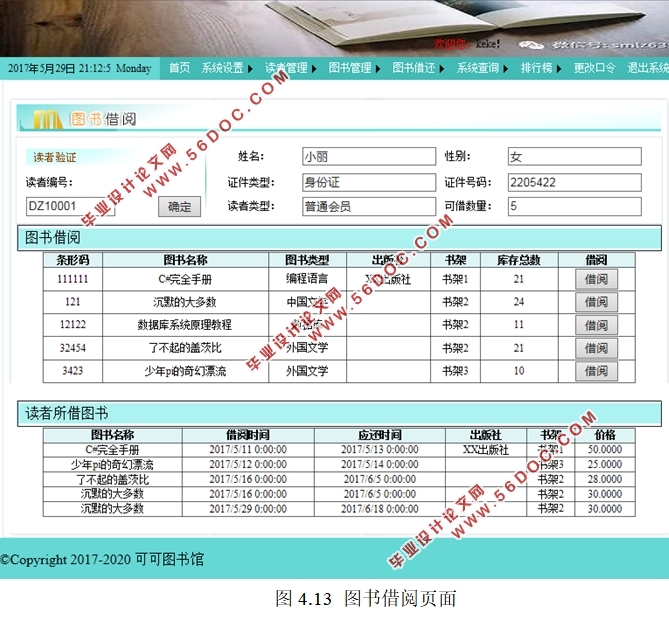

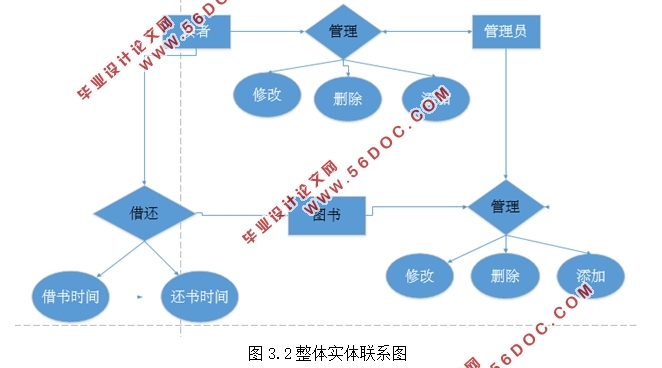
目录
第1章 绪论 1
1.1系统开发背景和意义 1
1.2 国内外发展现状 1
1.3预期目标 2
第2章 系统分析 3
2.1可行性分析 3
2.1.1 经济可行性 3
2.1.2 技术可行性 3
2.1.3经济效益可行性 3
2.2用户需求分析 4
2.3系统功能和性能需求 4
2.3.1功能需求 4
2.3.2性能需求 6
2.4系统业务描述 6
2.5系统功能结构 7
2.6系统流程图 8
2.7数据流程分析 8
2.8数据字典 9
第3章 系统设计 11
3.1设计概述 11
3.1.1设计目标 11
3.1.2设计要求 12
3.2数据库设计 12
3.2.1数据库分析 12
3.2.2数据库概要说明 12
3.2.3数据库概念设计 13
3.2.4数据库逻辑结构设计 17
3.2.5输入设计 20
3.2.6输出设计 20
3.2.7代码设计 20
第4章 系统实施 21
4.1登录模块 21
4.2图书管理模块 22
4.3读者管理模块 25
4.3图书借还模块 28
4.3.1图书借阅 28
4.3.2图书归还 30
4.4系统查询模块 30
4.4.1 图书档案查询 30
4.5排行榜模块 31
4.5.1图书借阅排行榜 31
4.5.2读者借阅排行榜 32
4.6系统设置模块 32
4.6.1图书馆信息 32
4.6.2管理员设置 33
4.6.3书架管理 35
4.7更改口令 36
结论 37
参考文献 39
致 谢 40
|
